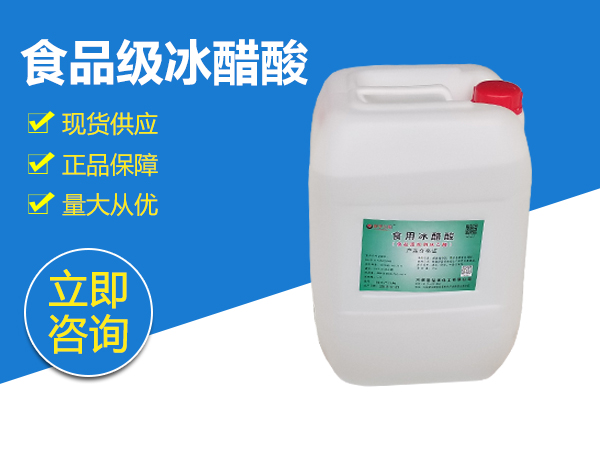

Understanding Tempered Glass Properties, Applications, and Benefits
Tempered glass, also known as toughened glass, is a type of safety glass that has been processed through controlled thermal treatments to increase its strength. This innovative manufacturing method enhances the glass's physical and thermal properties, making it more durable compared to regular glass. In this article, we will explore the characteristics, applications, and benefits of tempered glass, shedding light on why it has become a preferred choice in various fields.
Properties of Tempered Glass
The unique properties of tempered glass stem from its production process, which involves heating the glass to a high temperature, around 620-670 degrees Celsius (1148-1238 degrees Fahrenheit), and then rapidly cooling it. This thermal treatment induces compressive stresses on the glass surface and tensile stresses within its core. As a result, tempered glass can withstand significant external forces, temperature changes, and impacts.
One of the key features of tempered glass is its strength. It is approximately five to six times stronger than standard annealed glass of the same thickness. This enhanced strength allows for larger spans and thinner glass constructions, which are not feasible with ordinary glass products. Additionally, tempered glass is designed to break into small, blunt pieces rather than sharp shards, reducing the risk of injury upon breakage.
Applications of Tempered Glass
Given its remarkable strength and safety features, tempered glass is widely used across various industries. In the architectural sector, it is employed for windows, facades, and glass doors, providing both aesthetic appeal and protection from environmental factors. The high thermal resistance of tempered glass makes it suitable for buildings in extreme weather conditions, as it can withstand thermal stress without cracking.
In the automotive industry, tempered glass is commonly used for side and rear windows, as well as sunroofs. The increased safety features protect passengers from injury in the event of an accident and provide enhanced visibility. Furthermore, tempered glass is essential in the manufacturing of shower doors and glass enclosures, ensuring safety and durability in wet environments.

Another key application of tempered glass is in the electronics industry, where its strength and resistance to scratching make it an ideal choice for screens of smartphones, tablets, and other devices. The tempered glass layer not only protects the underlying screens but also enhances touch sensitivity.
Benefits of Using Tempered Glass
The advantages of tempered glass extend beyond its strength and safety features. For one, it offers exceptional thermal insulation, which contributes to energy efficiency in buildings. This feature helps maintain indoor temperature, reducing the energy required for heating and cooling.
Additionally, tempered glass provides excellent clarity and transparency, allowing natural light to flow into spaces while ensuring high visibility. Its aesthetic appeal makes it a popular choice for both modern and traditional architectural designs. With various finishes and tint options available, designers and architects can customize tempered glass to meet specific aesthetic requirements.
Moreover, tempered glass is easier to clean and maintain than other materials. Its smooth surface resists dirt and stains, making it ideal for use in high-traffic areas or locations prone to moisture, such as bathrooms and kitchens.
Conclusion
Tempered glass is a remarkable material that combines strength, safety, and aesthetic appeal, making it an essential component in numerous applications across various industries. Its production process not only enhances its physical properties but also ensures user safety, transforming how we incorporate glass into our daily lives. As technology advances, the applications of tempered glass are likely to expand further, solidifying its position as a favored choice for architects, engineers, and designers alike. Whether used in buildings, vehicles, or electronic devices, tempered glass continues to redefine standards in durability and safety.